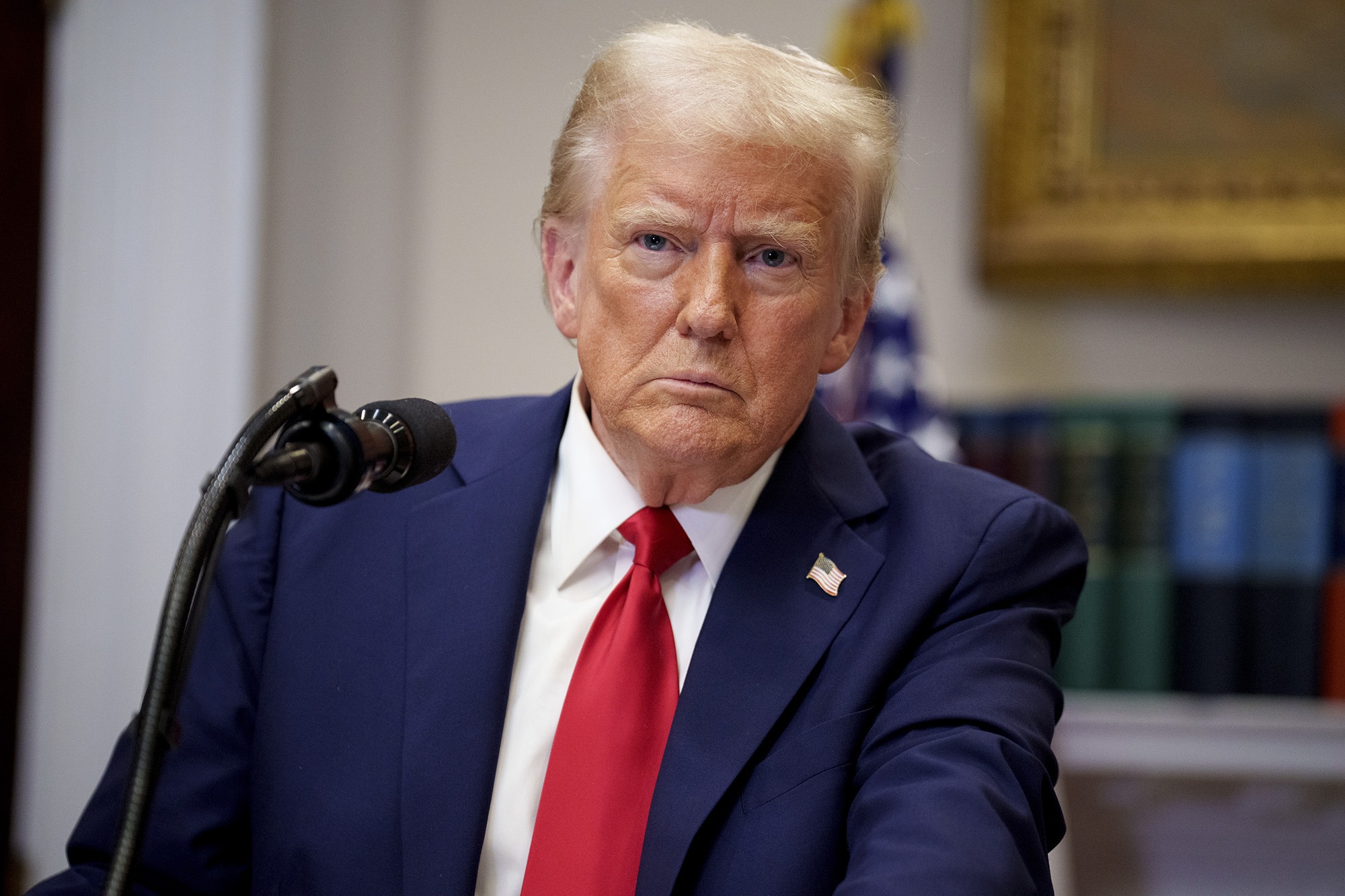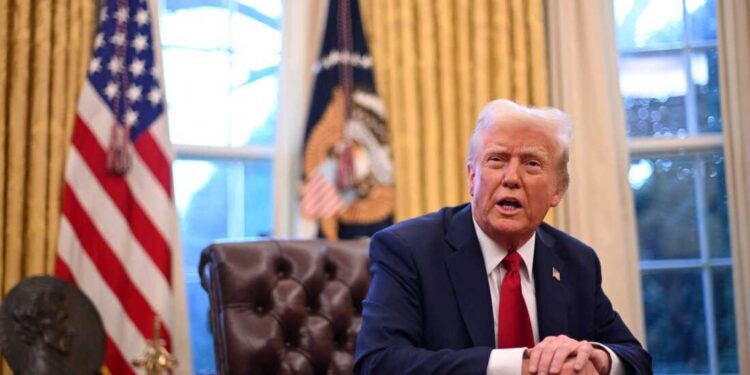A judge in the United States on Monday put a temporary stop to sharp reductions in federal grant support planned by President Donald Trump’s administration for universities, hospitals, and research institutions.
This decision from U.S. District Judge Angel Kelley marked a legal win for a group of Democratic attorneys general representing 22 states.
They had filed a lawsuit earlier that same day in federal court in Boston, targeting the changes put in place by the National Institutes of Health that aimed to cut down reimbursement rates for certain research-related costs.

The federal cuts were meant to begin immediately on Monday. Judge Kelley, who was nominated by former Democratic President Joe Biden, also scheduled a follow-up court hearing for February 21, where more arguments will be heard.
States Challenge the Funding Cuts
The attorneys general leading the charge are from Massachusetts, Illinois, and Michigan. Their lawsuit focused on indirect research costs that are not tied to the main goals of the projects, such as maintaining lab facilities, paying faculty, and supporting essential equipment and infrastructure.
According to these states, the National Institutes of Health stepped beyond its legal authority and broke federal rules by introducing these cuts.
New York Attorney General Letitia James, one of the officials involved in the lawsuit, reacted to the court ruling in a video posted on X. She said the president cannot act alone to cancel research funding that could save lives.
Details of the Funding Reductions
Last Friday, the Trump administration made an announcement that it would limit how much it reimburses for indirect research costs to 15 percent. Before this decision, the average reimbursement rate ranged between 27 to 28 percent.
This policy change is one part of Trump’s broader effort since his return to office on January 20 to cut back on certain government expenses and reduce the size of some federal departments.
As of now, the U.S. Department of Health and Human Services, which oversees the NIH, has not released a statement in response to the court’s decision.
In its most recent report, the NIH said that during the 2023 fiscal year, it awarded over $35 billion in research grants to scientists and institutions across more than 2,500 locations.
Out of that amount, the agency said about $9 billion went toward covering overhead and indirect expenses at research institutions.

NIH Justifies the Decision While Critics Raise Concerns
In a message posted to social media on Friday, the NIH said the new reimbursement rule could help save $4 billion each year. The agency also noted that some universities Harvard, Yale, and Johns Hopkins, had been billing over 60 percent in indirect costs, despite holding endowments worth billions of dollars.
On the other hand, the group of attorneys general argued that this policy would bring serious consequences, such as job losses, disrupted research, and lab closures.
The lawsuit stated that the NIH’s plan went against long-standing rules passed by Congress since 2018. According to that legislation, the agency is not allowed to change the reimbursement rate without proper authorization. That rule was originally included in response to a similar proposal in 2017 during Trump’s earlier term, when a cap of 10 percent was suggested.
The suit also claimed the NIH acted outside of its authority by applying the new rate to already existing grants and failed to follow the legally required rulemaking process.
Research Institutions and Industry Groups Push Back
Harvard University responded to the proposed cuts on Monday by saying they would damage both funding and research activities at nearly every major research institution across the country. Yale University declined to comment, while Johns Hopkins University had no immediate response.
At the same time, a number of medical industry associations, including the Association of American Medical Colleges, filed a separate lawsuit on Monday to try and stop the NIH from enforcing the new policy.






















